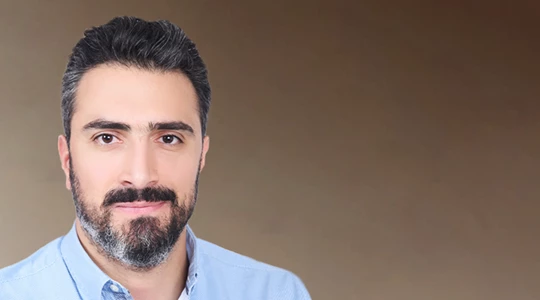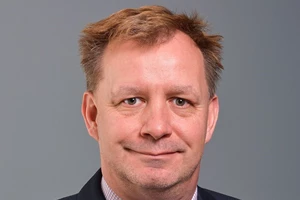Berlin Pioneers New Market for Urban Solar Power
(Bloomberg) -- Berlin-based condom producer Einhorn has promoted its mission to protect the environment with products like its vegan, fair-trade rubbers. Now, it’s taking that ambition out of the bedroom and onto the balcony.
In a fundraising video for the company’s solar panels — modules roughly the size of a beach blanket that can be draped like a towel over a railing — bare-chested co-founder Waldemar Zeiler touts the devices, and declares his goal to sell enough to replace a coal-fired power plant.
But with a planned retail price of €550 ($588) each, that could be a challenge.
Thanks to cheap Chinese panels flooding the European market after the US stopped imports, the cost of individual solar modules have plunged, to an average of €300. In Germany, affordable balcony panels are now a trend. More than 360,000 have been registered since 2023, according to the national energy regulator, with Berlin as a hot spot.
That’s good news for Europe’s biggest economy, which is still struggling to replace the natural gas supply that was cut off after Russia invaded Ukraine. Germany added 14 gigawatts of solar capacity last year, more than any other country in the region.
Veranda installations represent just 150 megawatts, or one percent of added capacity, but they also signal an important shift. Solar, once the domain of anyone with a rooftop or wide open fields, is now available to far more urban consumers.
“Solar for the first time affects city dwellers and not only the countryside,” according to Christoph Kost, head of energy systems at Fraunhofer ISE, an industry research group in Freiburg, Germany. “The trend is particularly strong in Germany as the country still has high power prices.”
It was less energy prices than climate consciousness and curiosity that made Stefan Martin, a 53-year-old father and homeowner in Berlin, an early adopter. Almost 100 owners live in his multistory apartment building, and it would have been “endlessly complicated” to convince all of them to install rooftop solar.
That’s one of the reasons why rooftop installations have been dragging in Germany, which needs to nearly triple its solar output to reach its 2030 climate goals. To speed up the process, parliament passed a package last week that also targets balcony solar: such modules can now reach up to 800 watts and be registered more easily. It’s also getting harder for landlords to object to the installations.
After seeing a neighbor put up a balcony panel, Martin also installed three modules totaling 500 watts from PluginEnergy GmbH, a German startup. “I had to negotiate with my wife, as we had to remove some flower pots,” Martin said. “We hid the cables inside bamboo, and now it looks quite decent.”
Martin ordered his solar module in April 2023 for €820, meaning he missed the fall in unit prices. Still, he calculates that the plant covers about 10% of his power consumption, which includes his fridge, standby devices and the two computers he and his wife use to work remotely. “We’ve saved about €115 in the first year on our electricity bill,” Martin says, “which means the panels will have amortized in seven to eight years.”
The city of Berlin has launched a generous subsidy to encourage people to adopt solar, offering up to €500 for a single plug-and-go panel. Almost 10,000 people have applied for the funding and two-thirds have been approved, according to the agency that oversees it.
“The program is enjoying brisk demand from all target groups,” a city spokesperson said.

Still, it will take a while before demand catches up with the glut of supply. The US banned the import of Chinese solar panels in 2022 on the grounds that some may have been produced by forced Uyghur labor, and even with balcony solar going viral online, Europe still has more panels than it can handle.
Discounters and DIY stores have started to stock them, and even energy utilities are following suit. Sweden-based Vattenfall AB sold 450 balcony power plants last year, and Gasag AG, Berlin’s natural gas provider, sees “a lot of potential” in its new business selling panels.
China’s near-total domination of the solar panel supply chain has been difficult for providers like Einhorn, the condom-to-solar-convert. Zeiler, the co-founder, had to scale back his goal of raising €2.5 million and is now targeting just one-tenth of that amount.
This week, German photovoltaic maker Solarwatt GmbH announced that it would suspend operations at its Dresden site at the end of August until further notice. And last month, Swiss panel maker Meyer Burger Technology AG shut down its nearby module production factory with around 500 staff.
Since August, 12 European photovoltaic manufacturers have filed for bankruptcy or debt restructuring, laid off staff or halted or shifted production amid a flood of cheap Chinese panels, according to SolarPower Europe.
The recent solar reforms may not make a difference. Despite promises to help local producers, the package excluded any such support, which is why the German Renewable Energy Federation (BEE) has called for another reform.
Moreover, said Markus Meyer, the director of regulatory affairs at Berlin-based solar installer Enpal BV, the bill allows for old meters to be dialed backwards, which occurs when unused excess solar power is sent back to the grid. That quirk, he said, could “actually delay the energy transition.”
There’s also a more practical concern — almost no solar buyers opt for battery storage, according to Fraunhofer ISE, as these packs are often more expensive than panels. That means that while the balcony units run smoothly during periods of peak sunlight – which also happen to be when energy is cheapest – users must tap into the grid after sunset, when prices go up.
In spite of these challenges, BEE president Simone Peter sees enormous potential in the current trend: “The regulations on balcony solar systems are real participation boosters. They emphasize once again what the energy transition was from the outset: a project for everyone.”
©2024 Bloomberg L.P.
KEEPING THE ENERGY INDUSTRY CONNECTED
Subscribe to our newsletter and get the best of Energy Connects directly to your inbox each week.
By subscribing, you agree to the processing of your personal data by dmg events as described in the Privacy Policy.
More utilities news

Solar Storm Brings Dazzling Aurora, Threatens Power Grids
May 11, 2024
EU Bonds Lure Investors Betting on Entry to Sovereign Indexes
May 10, 2024
Texas Spot Power Prices Jump Almost 100-Fold on Tight Supply
May 09, 2024
Carmakers Flag Difficult Year on Costs, Muted EV Demand
May 08, 2024
Vestas CEO Says $217 Billion Wind Industry Has Yet to Reach ‘Maturity’
May 07, 2024
How London’s Mayor Plans to Tackle Climate in His Next Term
May 06, 2024
Billionaire Kretinsky, OnePoint Make Bailout Offers for Atos
May 06, 2024
Uniper agrees green hydrogen partnership with fund manager Copenhagen Infrastructure Partners
May 03, 2024
Azoto deal confirms WSG’s role as major Canadian nitrogen services provider
May 03, 2024
ECP Is in Advanced Talks to Acquire Atlantica Sustainable
May 02, 2024
Hydrogen economy set for rapid global growth
May 01, 2024
Public-private energy partnerships critical to hit global net zero targets, says former head of IEA
Apr 25, 2024
Deploying computational chemistry to speed up the energy transition
Mar 18, 2024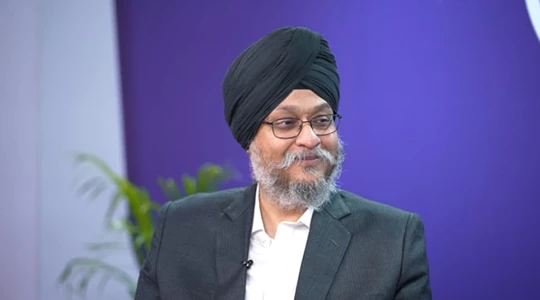
Why the energy industry is on the cusp of disruptive reinvention
Mar 12, 2024
Bio-energy to play a key role in shaping the energy transition
Mar 12, 2024
More women in energy vital to the industry’s success
Mar 06, 2024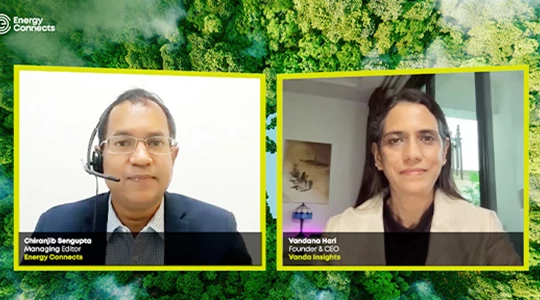
India’s energy sector presents lucrative opportunities for global companies
Jan 31, 2024
Oil India charts the course to ambitious energy growth
Jan 25, 2024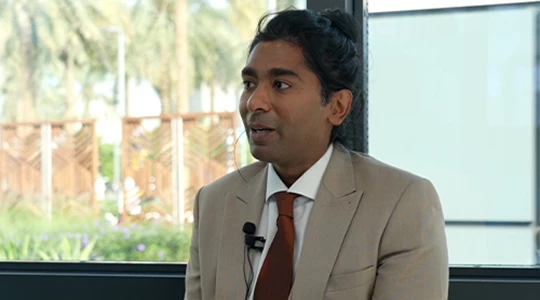
Maritime sector is stepping up to the challenges of decarbonisation
Jan 08, 2024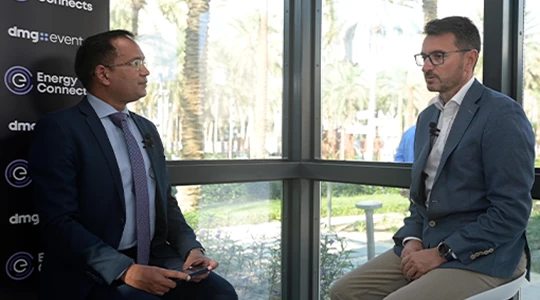
COP28: turning transition challenges into clean energy opportunities
Dec 08, 2023Partner content
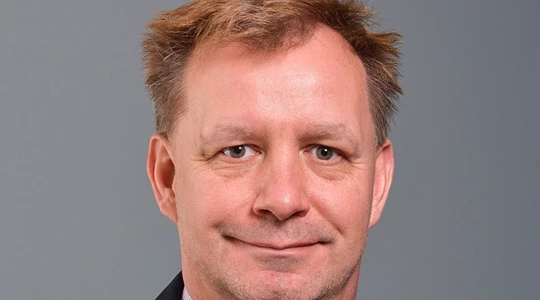
Ebara Elliott Energy offers a range of products for a sustainable energy economy
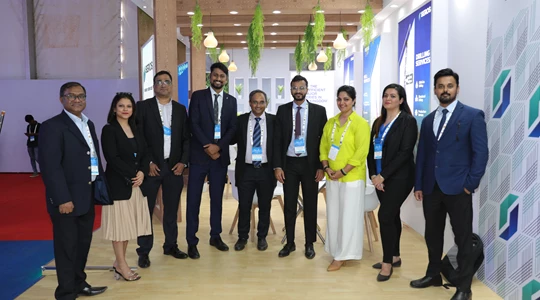
Essar outlines how its CBM contribution is bolstering for India’s energy landscape

Positioning petrochemicals market in the emerging circular economy

Navigating markets and creating significant regional opportunities with Spectrum
